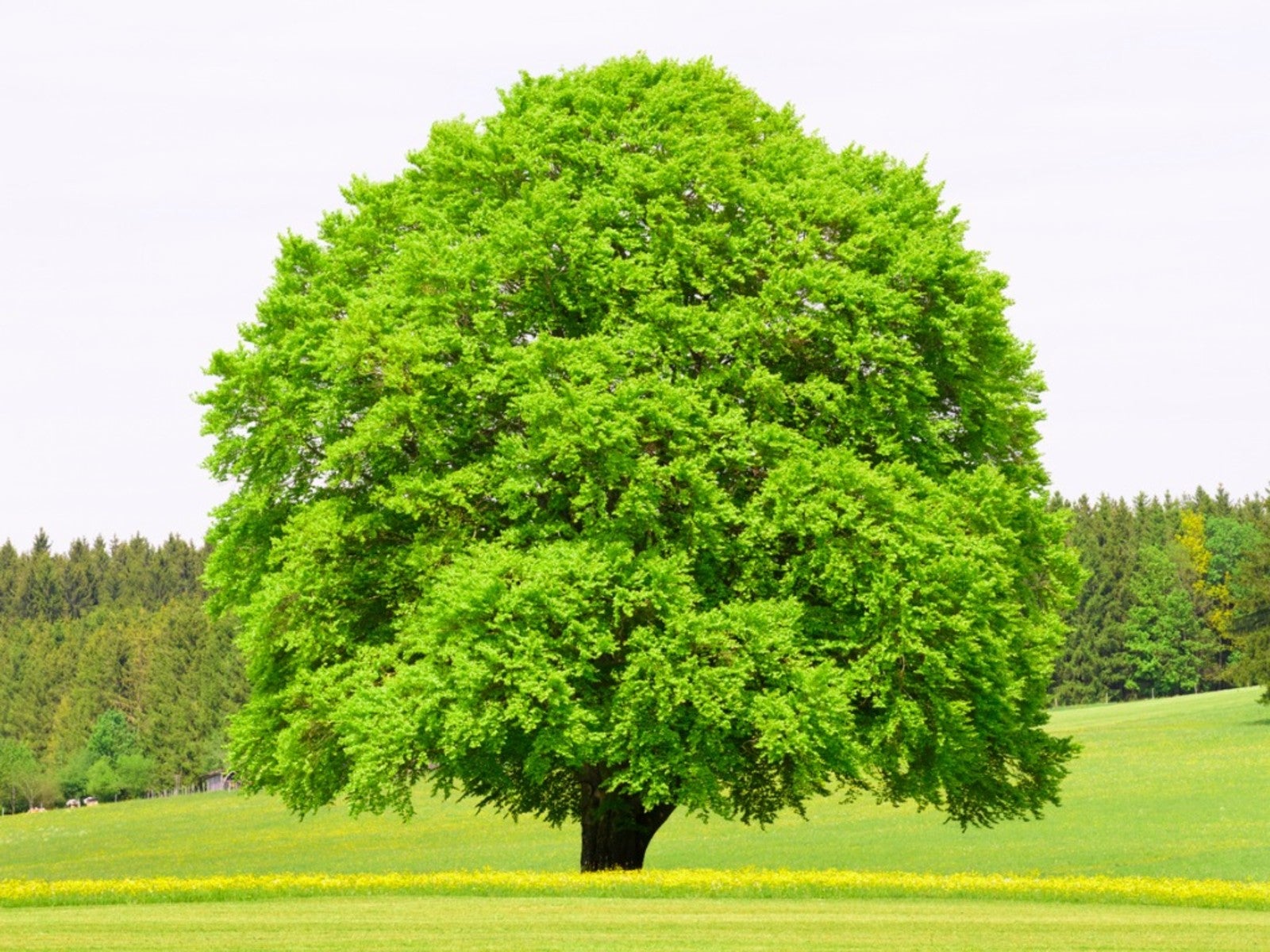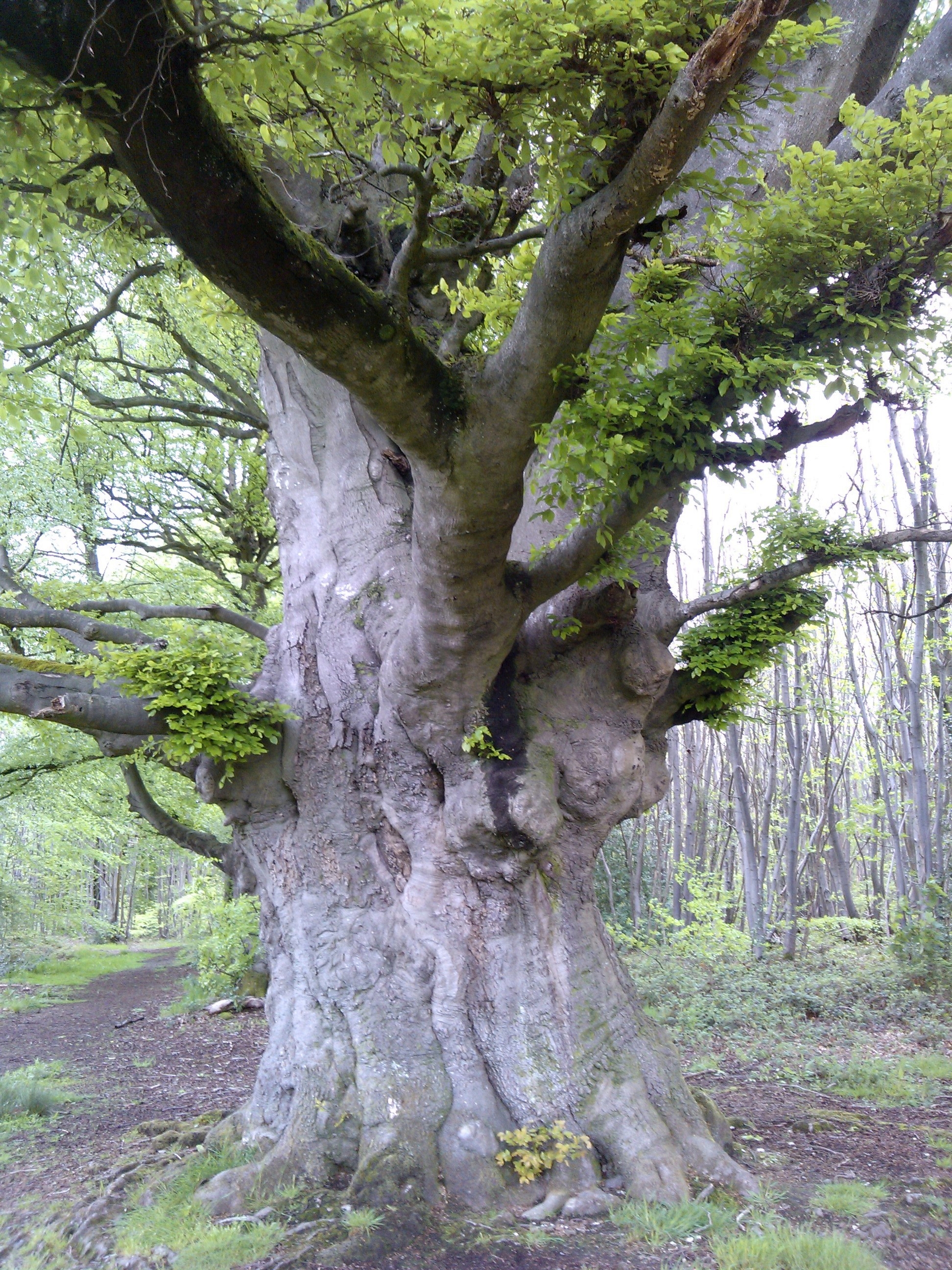Beech trees, with their smooth, gray bark and dense canopy, are a common sight in temperate forests across the Northern Hemisphere. These majestic trees have been revered for centuries for their beauty, strength, and ecological importance. In this article, we will delve into the fascinating world of beech trees, exploring their characteristics, uses, and cultural significance.
Characteristics of Beech Trees
Beech trees belong to the genus Fagus, which is part of the Fagaceae family. They are deciduous trees, meaning they lose their leaves in the fall. Beech trees are known for their distinctive features:
Bark: The bark of beech trees is smooth and thin when young, often with a silvery-gray color. As the tree ages, the bark becomes thicker and develops shallow furrows.
Uses of Beech Trees

Beech trees have been used by humans for centuries for a variety of purposes:
Timber: Beech timber is a valuable resource for the woodworking industry. It is hard, strong, and durable, making it ideal for furniture, flooring, and other wood products.
Cultural Significance of Beech Trees
Beech trees have deep cultural significance in many societies. They have been associated with strength, wisdom, and longevity. In Celtic mythology, beech trees were believed to be sacred to the goddess Fulla, who was associated with fertility and abundance. Beech trees have also been used in traditional medicine for their healing properties.
Conclusion

Beech trees are remarkable trees that have played a vital role in human history. They are known for their beauty, strength, and ecological importance. From their use as a timber resource to their cultural significance, beech trees continue to captivate and inspire people around the world.





:max_bytes(150000):strip_icc()/GettyImages-519977770-5a9646281d640400377d6322.jpg?w=200&resize=200,112&ssl=1)

